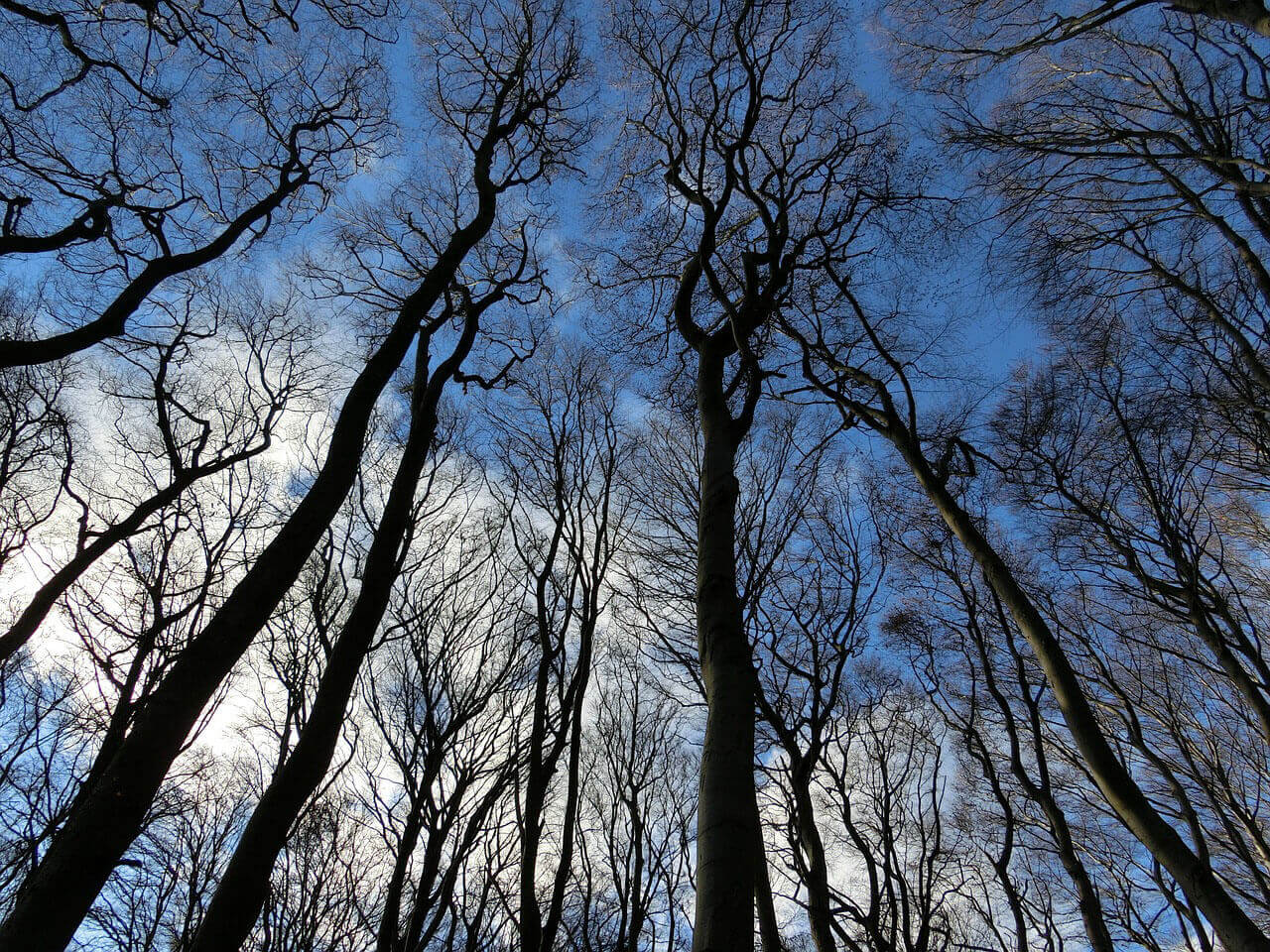An Ethos of Care
January 2022
by Suez Jacobson
Covid has taught us the pain of isolation and the longing for connection, especially among those of us who have been away from our families. We have pined for the closeness of our human relatives.
But Covid has also drawn record crowds into wild places. For example, July 2021 set a record at Yellowstone National Park with 1,080,767 recreation visits—up 15% from pre-COVID July 2019.
Why were we drawn to these spaces to be among the animals, plants, streams, mountains, deserts, and plains? Were we looking for family, for the deep connection to the natural world that e-life has smothered?
 Wallace Stegner, in his 1960 Wilderness Letter written as testimony to Congress to support the passage of the Wilderness Act, beautifully pens the value of preserving wild places for connection. “[We need] the chance to see ourselves…part of the environment of trees and rocks and soil, brother to the other animals, part of the natural world and competent to belong in it.”
Wallace Stegner, in his 1960 Wilderness Letter written as testimony to Congress to support the passage of the Wilderness Act, beautifully pens the value of preserving wild places for connection. “[We need] the chance to see ourselves…part of the environment of trees and rocks and soil, brother to the other animals, part of the natural world and competent to belong in it.”
“We are a wild species,” Stegner wrote, saying that it’s important “to remain, insofar as we can, good animals.” Our connection to the wild is tangible, biological, and spiritual, demanding us to take responsibility for our family.
Robin Wall Kimmerer, in her amazing book Braiding Sweetgrass, describes what it feels like to be one of many in a love relationship with our earth family, to know the reciprocal nature of our relationship that restores our connection. She writes, “Knowing that you love the earth changes you, activates you to defend and protect and celebrate. But when you feel that the earth loves you in return, that feeling transforms the relationship from a one-way street into a sacred bond.” This is a transformation that links us to all of earth’s cries for help, whether they are at our doors or far, far away.
Being entwined together builds in us the resources to advocate for less coal, oil, and gas on all public lands to reduce the release of carbon, to stand up when the Boundary Waters are threatened by copper sulfide mining, to argue against chain saws in wilderness that will disrupt the quiet home of our family of trees, to fight for habitat protection for the family we are losing like brother sage grouse whose numbers are declining precipitously. These lands and beings are family bringing love to us even from afar.
Wallace Stegner also argued it’s not necessarily being in the wilderness but knowing that an ethos of care protects our family “simply as an idea”—a way of thinking about our place in the world. He writes, “[t]he reminder and the reassurance that it is still there is good for our spiritual health even if we never once in ten years set foot in it.” It’s about establishing a culture guided by care because we realize the connections between us.
Suzanne Simard’s amazing new research on trees lets us see these “social creatures” as examples of the ethos of care and community. Connected to each other through underground networks of fungi that are similar to the neural networks in our brains, trees send warnings to other trees, share resources, support seedling growth, and pass on carbon to other trees as they grow old.
Let us all aspire to be more tree-like, to establish reciprocal relationships with the natural world, to love and be loved, and let that love become active ambassadorship, care, and protection for family.


